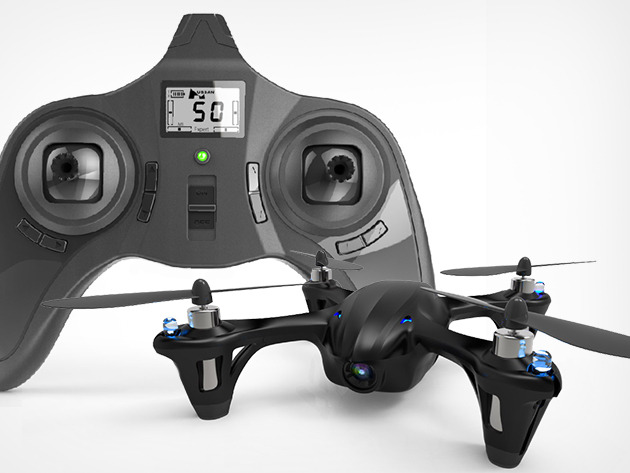
The following article is brought to you by an Australian ISP. – Ed.
As with any type of technology – whether it’s a smartphone, tablet, car or computer – we are always on the lookout for the next upgrade. We want products that do more and have more to offer, and yesterday’s products are yesterday’s news. But what about our internet connection?
When it comes to mobile broadband, we have now moved from 3G to 4G – or we are on our way there, at least. What about home broadband? ADSL2+ has been around for a while now. Does that mean ADSL3 is just around the corner?
The ADSL Progression
ADSL – or Asymmetric Digital Subscriber Line service – was introduced in the late 1990s, using copper telephone lines to transmit data. ADSL provided faster connection speeds, and used a splitter to allow one telephone line to transmit ADSL data and voice calls at the same time. It is called asymmetric because its download and upload speeds are not symmetrical (download is faster than upload). Check out iinets various NBN plans to choose from, depending on your location.
ADSL2 was introduced around 2002 as an upgrade to ADSL, to provide higher performance and better quality connection speeds. The initialisation time of ADSL is reduced from more than ten seconds to less than three seconds with ADSL2. ADSL2 data speeds depend on a variety of factors, but can be up to 12Mbps download and between 1.3Mbps and 3.5Mbps upload.
Introduced in Australia in 2005, ADSL2+ was another upgrade, this time doubling the bandwidth for downloads. This upgrade again offered better performance further from the exchange, and faster data speeds. Speeds vary according to a number of factors, but download speeds can reach up to 20Mbps, with upload speeds remaining about the same.
What’s next? While there has been talk of a possible upgrade – perhaps called ADSL2++ – no concrete information has been released as yet. There may be ADSL2++ or ADSL3 in the pipeline, but details have not yet been made public.
Getting Connected with ADSL2+
With no hint of ADSL3, ADSL2+ is the best available at the moment. So, how can you get connected to ADSL2+? First you will need to check whether ADSL2+ is available at your address. You can usually check this on your ISP’s website, or call them directly to find out.
Some homes may not have ADSL2+ capability, in which case, ADSL may be another option. ADSL2+ is generally recommended for heavy users, so if you are not a heavy user, ADSL or another internet option may be better for you. Again, your ISP will probably be able to help you with this.
To get connected, you will need the right equipment and the line connection (something ISPs usually sort out for you). You may need to pay for equipment and a fee for connection, but this will depend on the plan you choose, on the ISP you choose, and if you choose a bundle. Compare all your options to make sure you get the right connection at the right price.




